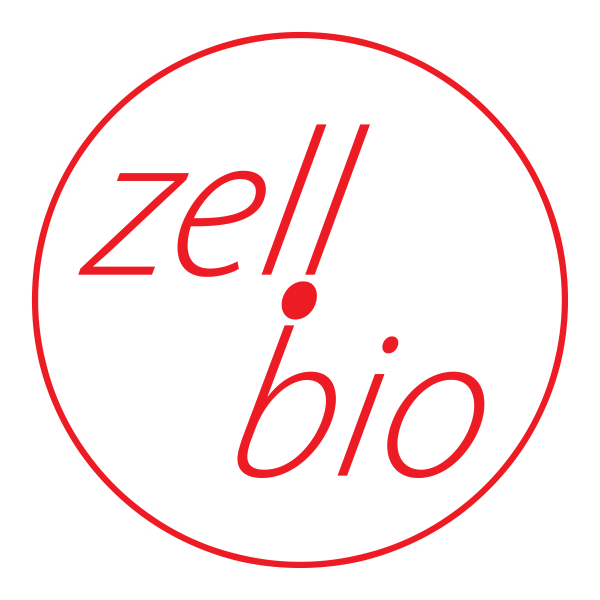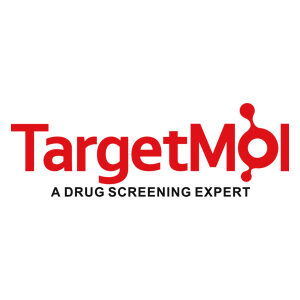Description
| Description | 2-Deoxy-D-glucose is an analog of glucose, which is a glycolytic inhibitor with antiviral activity. |
| In vitro | 2-Deoxy-D-glucose(2-DG) activates AKT function through phosphatidylinositol 3-kinase (PI3K) and is independent of glycolysis or mTOR inhibition. 2-DG treatments disrupts the binding between insulin-like growth factor 1 (IGF-1) and IGF-binding protein 3 (IGFBP3) so that the free form of IGF-1 could be released from the IGF-1·IGFBP3 complex to activate IGF-1 receptor (IGF1R) signaling. 2-DG-induced activation of many survival pathways can be jointly attenuated through IGF1R inhibition. 2-DG also induces time- and dose-dependent ERK phosphorylation[1]. 2-DG is readily transported into cells and is phosphorylated by hexokinase, but cannot be metabolized further and accumulates in the cell. This leads to ATP depletion and the induction of cell-death[2]. 2DG significantly suppresses proliferation, causes apoptosis and reduces migration of murine endothelial cells, inhibiting formation of lamellipodia and filopodia and causing disorganization of F-actin filaments in murine endothelial cell[5]. |
| In vivo | Treatment of cancer patients with relatively high doses of 2-DG (greater than 200 mg/kg) was largely ineffective in managing tumor growth. Side effects of 2-DG included elevated blood glucose levels, progressive weight loss with lethargy, and behavioral symptoms of hypoglycemia[2]. 2-DG enhances isoflurane-induced loss of righting reflex in mice. By reducing metabolism, 2-DG treatment can decrease body temperature in rodent, enhancing sensitivity to anesthetics[3]. 2-DG diet significantly increased serum ketone body level and brain expression of enzymes required for ketone body metabolism. The 2-DG-induced maintenance of mitochondrial bioenergetics was paralleled by simultaneous reduction in oxidative stress. Further, 2-DG treated mice exhibited a significant reduction of both amyloid precursor protein (APP) and amyloid beta (Aβ) oligomers, which was paralleled by significantly increased α-secretase and decreased γ-secretase expression, indicating that 2-DG induced a shift towards a non-amyloidogenic pathway. 2-DG increased expression of genes involved in Aβ clearance pathways, degradation, sequestering, and transport. Concomitant with increased bioenergetic capacity and reduced β-amyloid burden, 2-DG significantly increased expression of neurotrophic growth factors, BDNF and NGF, thus reduces pathology in female mouse model of Alzheimer’s disease[4]. |
| Cell Research | 2×103 H460 or H157 cells are seeded in 96-well cell culture plates. Cells are treated with 5 mM 2-DG only, 5 or 10 μM IGF1R inhibitor II only, or a combination of 2-DG and IGF1R inhibitor II. Cell growth inhibition is determined after 48 h by the CellTiter 96® AQueous nonradioactive cell proliferation assay. (Only for Reference) |
| Synonyms | Ba 2758, 2-deoxyglucose, D-Arabino-2-deoxyhexose, NSC 15193, 2-Deoxy-D-arabino-hexose, 2-DG |
| Molecular Weight |
164.16 |
| Formula | C6H12O5 |
| CAS No. | 154-17-6 |
Storage
Powder: -20°C for 3 years
In solvent: -80°C for 2 years
Solubility Information
H2O: 16.4 mg/mL (100 mM)
DMSO: 16.4 mg/mL (100 mM)
( < 1 mg/ml refers to the product slightly soluble or insoluble )


